In the very last chapter of the book, Craig gives some advice on "Making it work", and the first thing is to choose one thing you want to try. Well, I am going to ignore him on that! Well, not completely. I am going to choose one thing that is new, and 3 things that I currently do but want to adapt after reading the book.
I also want to get my department thinking more deeply about the questions we offer students and the experiences they get of thinking mathematically. I am hoping to get some time with the whole department to get them to do some sets of questions over the coming months, and then start building some of our own sets. I think I will start with the Reflect, Expect, Check, Explain cycle.
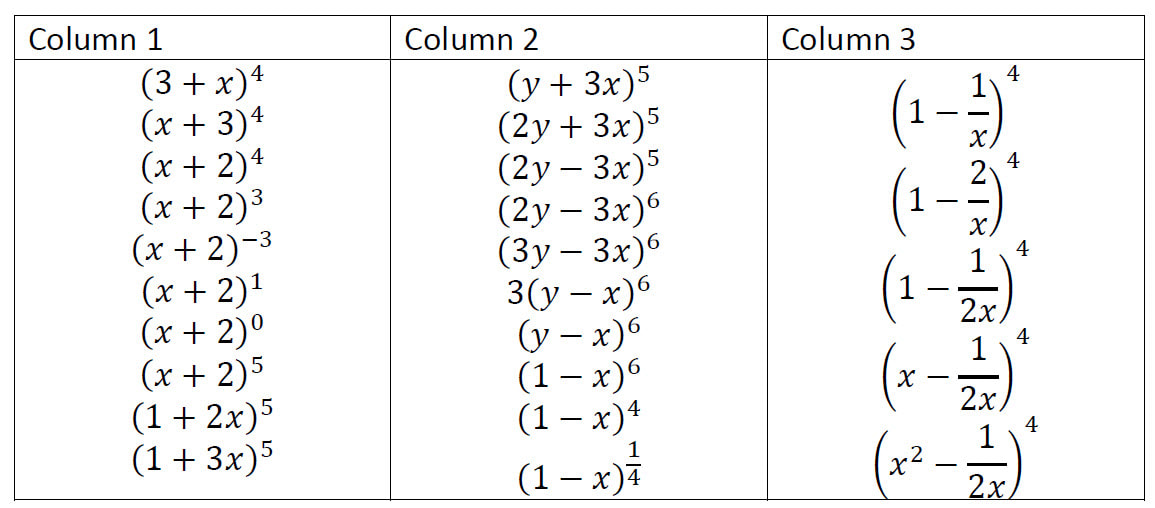
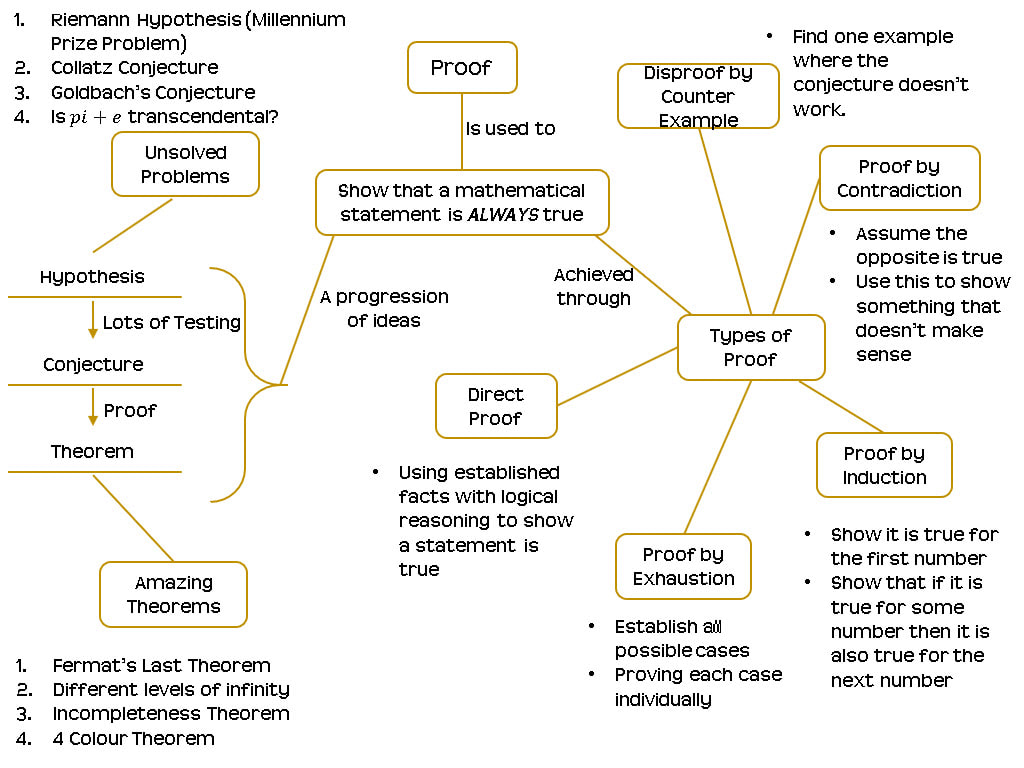

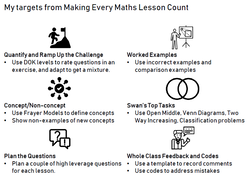
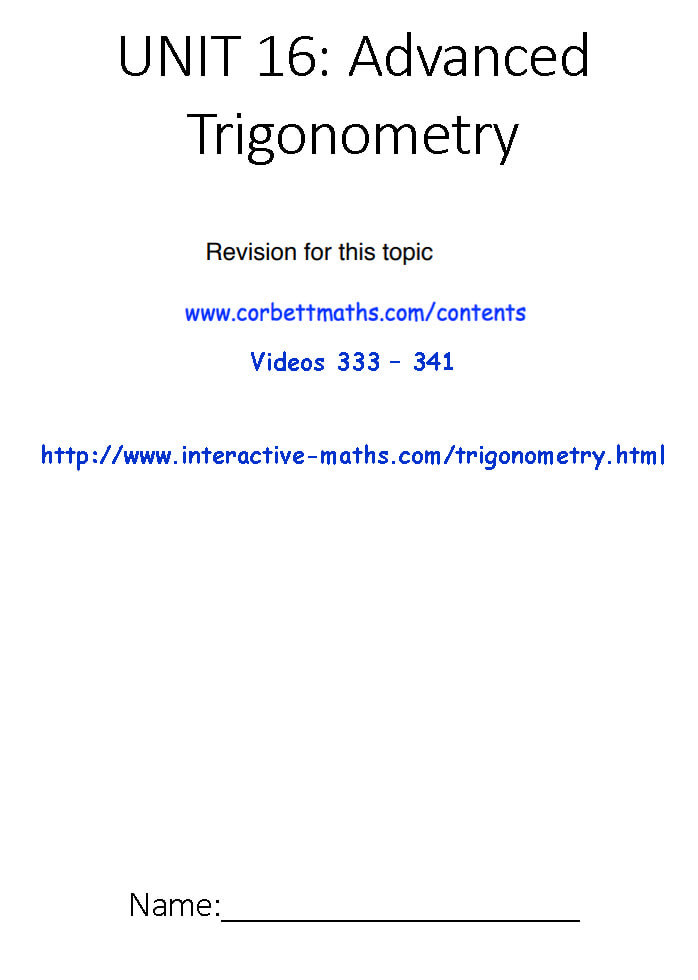
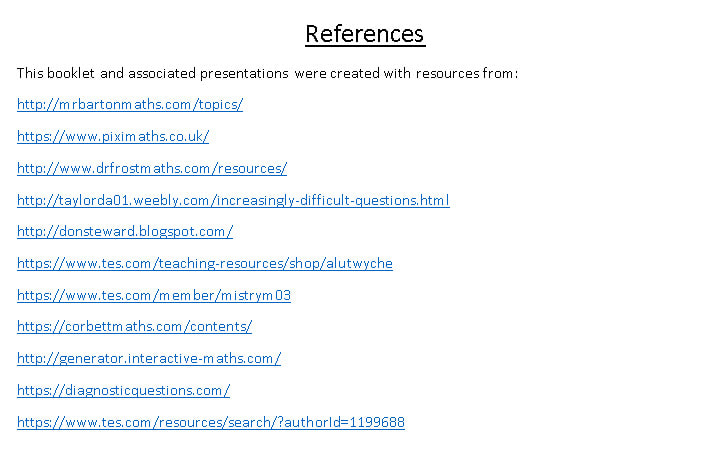
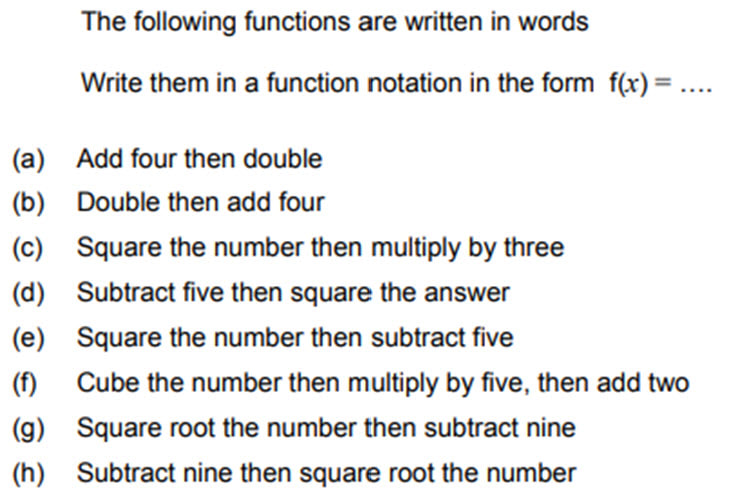
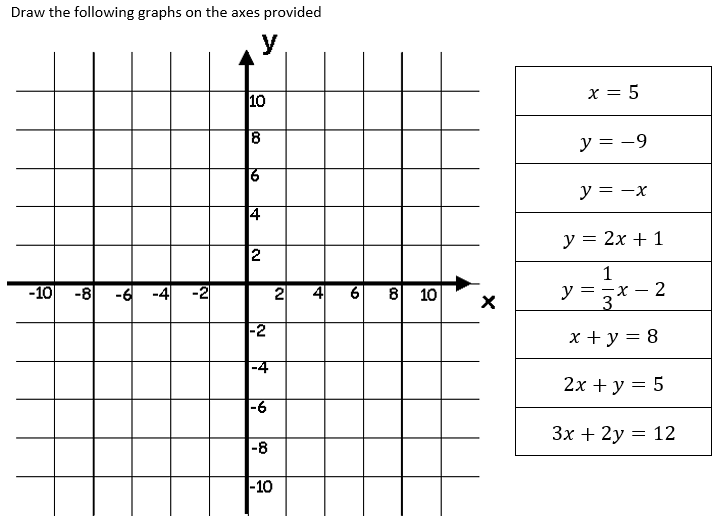
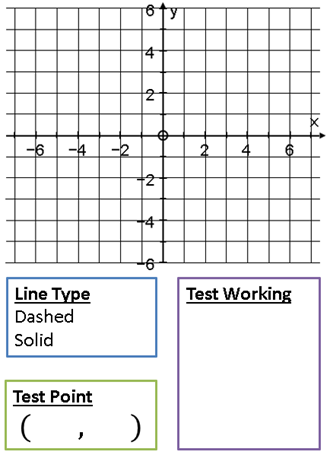
 RSS Feed
RSS Feed
